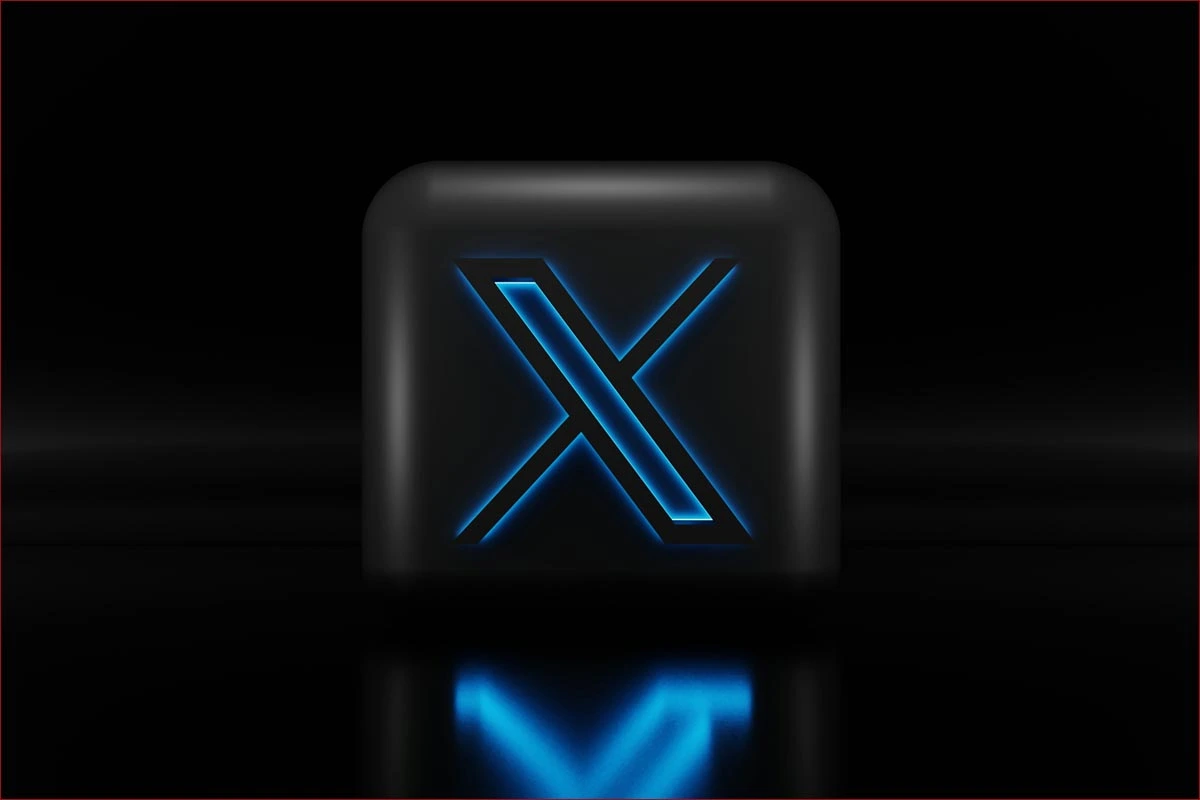
The transition from Twitter to X under Elon Musk’s leadership has brought about significant changes beyond just the platform’s stance on Free Speech. With its enhanced position in the social media realm, many are questioning whether X is a safe space for children, and even some adults, with concerns extending to mental health. The widespread nature of explicit content and the potential impact on users’ well-being are key considerations. However, before addressing these concerns, it’s crucial to examine the characteristics of the old Twitter during Jack Dorsey’s tenure.
Formerly, Twitter (now X) was primarily known as a corporate social media platform, providing users with the latest updates from organisations, political figures, and CEOs. It boasted a more selective audience and curated content, positioning itself as a platform for the intellectually curious. Nevertheless, the current iteration presents a departure from this landscape.
While the old Twitter had its flaws, such as occasional exposure to sensitive or graphic content like pornography, it wasn’t as prevalent as it is on X today. The platform is now inundated with explicit material, seemingly normalised among its user base. The increase in violence and explicit content may be attributed to the platform’s commitment to free expression, but it also reflects a shift in user preferences.
Moreover, X’s policies explicitly state that users must be 13 years of age or older to use the service. In some regions, parental consent is required for individuals older than 13 but below the age of consent in their country. Failure to meet these age requirements can result in account suspension until the necessary steps are taken.
While some might suggest that following a curated list of “safe” accounts could shield users from explicit content, the reality is more complex. Comments on seemingly innocuous posts can quickly devolve into profanity and violence. Additionally, X’s algorithm is adept at learning user preferences, potentially leading to further exposure to inappropriate content.
Parental control options may offer some protection, but they cannot guarantee a completely safe X experience. The inherent challenges of monitoring content on social media platforms, coupled with the resourcefulness of tech-savvy children, make it difficult to ensure a secure online environment.
In its current state, X presents a significant risk to children. The abundance of unfiltered graphic content, combined with the platform’s algorithms, poses a threat to young users’ well-being. Until X implements stricter content moderation practices and prioritises user safety, alternative social media platforms with more robust parental controls may be a safer option for younger audiences.
Please consider joining our WhatsApp channel for more!
2 thoughts on “Is X (Formerly known as Twitter) safe for Kids?”
So true, recently I was following up on a thread about vss horror writing prompts when suddenly the comments changed to very explicit material… it’s surprising how much engagement such material gets as openly as it does.
Pingback: Are Social Media Platforms Turning Into Hubs for Explicit Adult Content? - Nymy Net